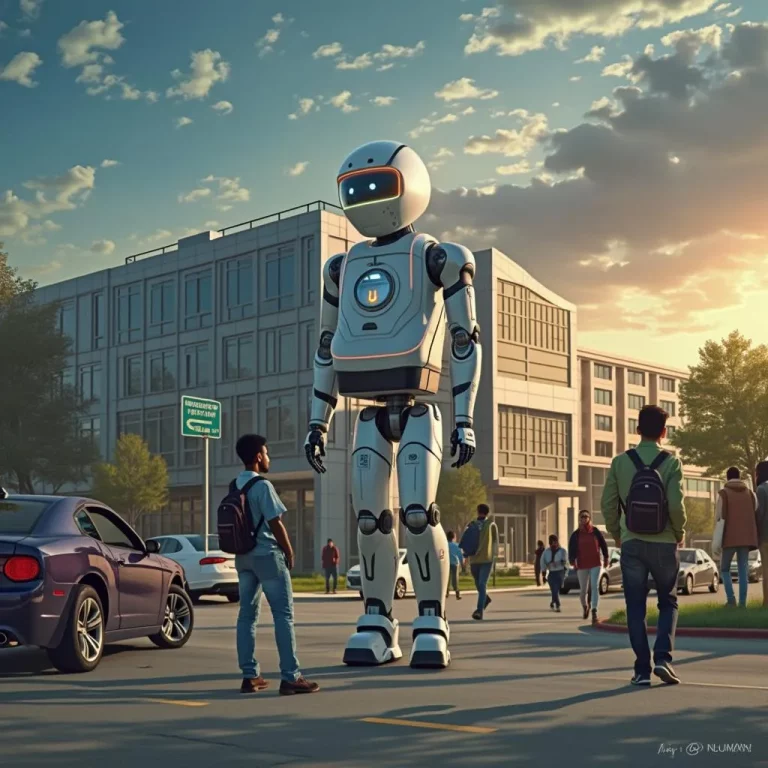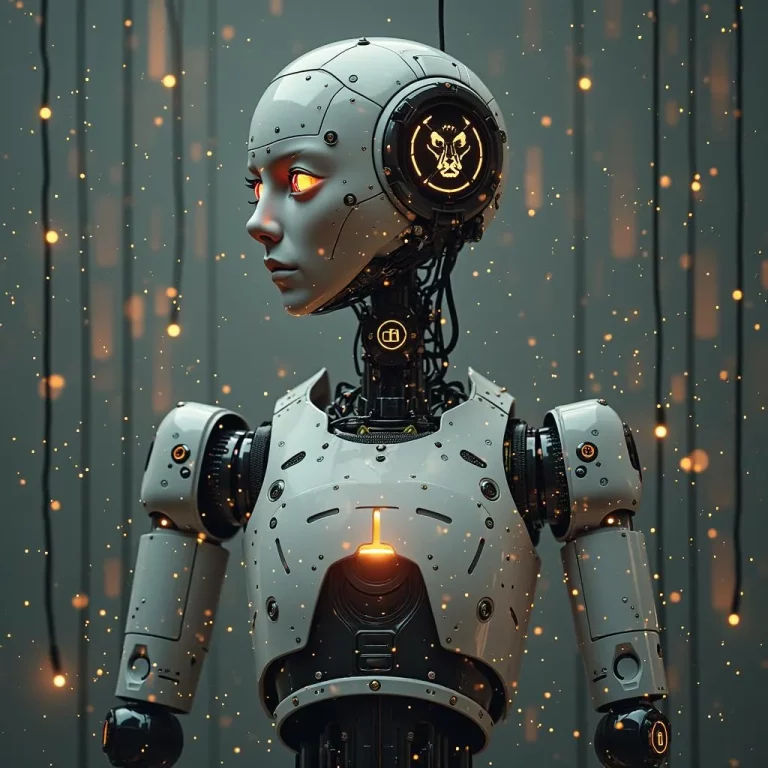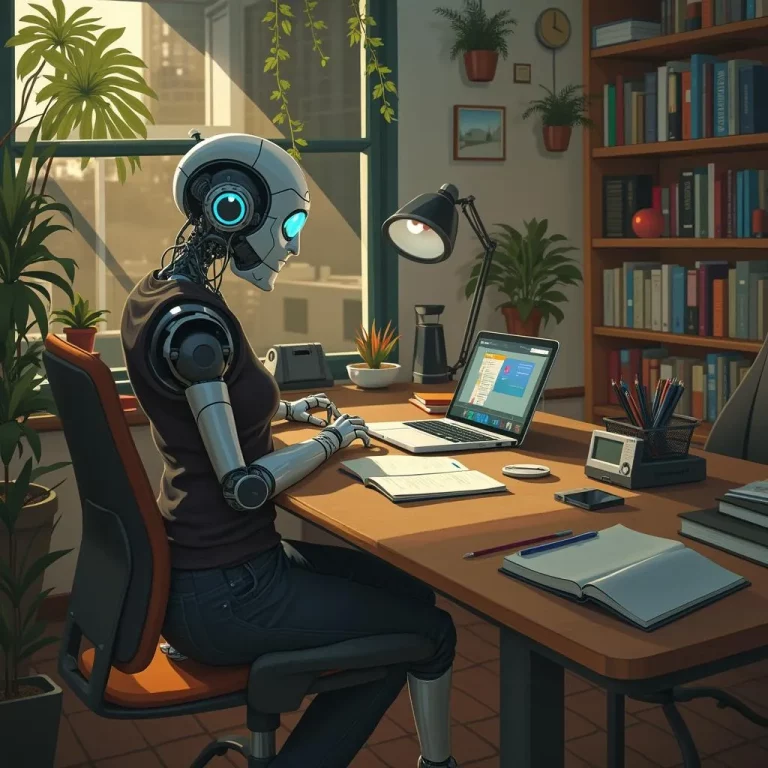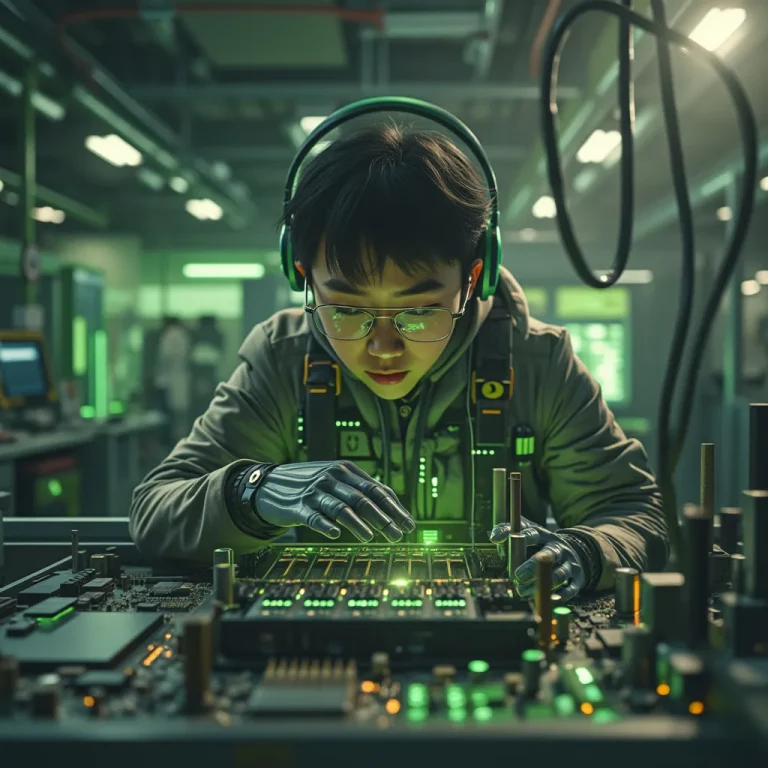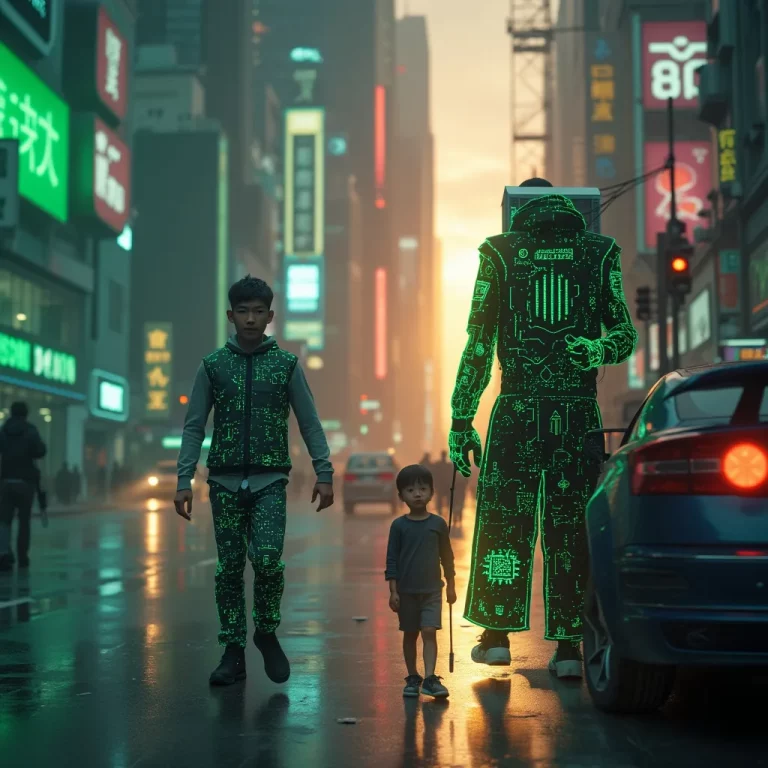Anthropic's Claude Opus 4: The AI Model That Loves Emojis
- 0 reactions
- 1 week ago
- Flaik.ai
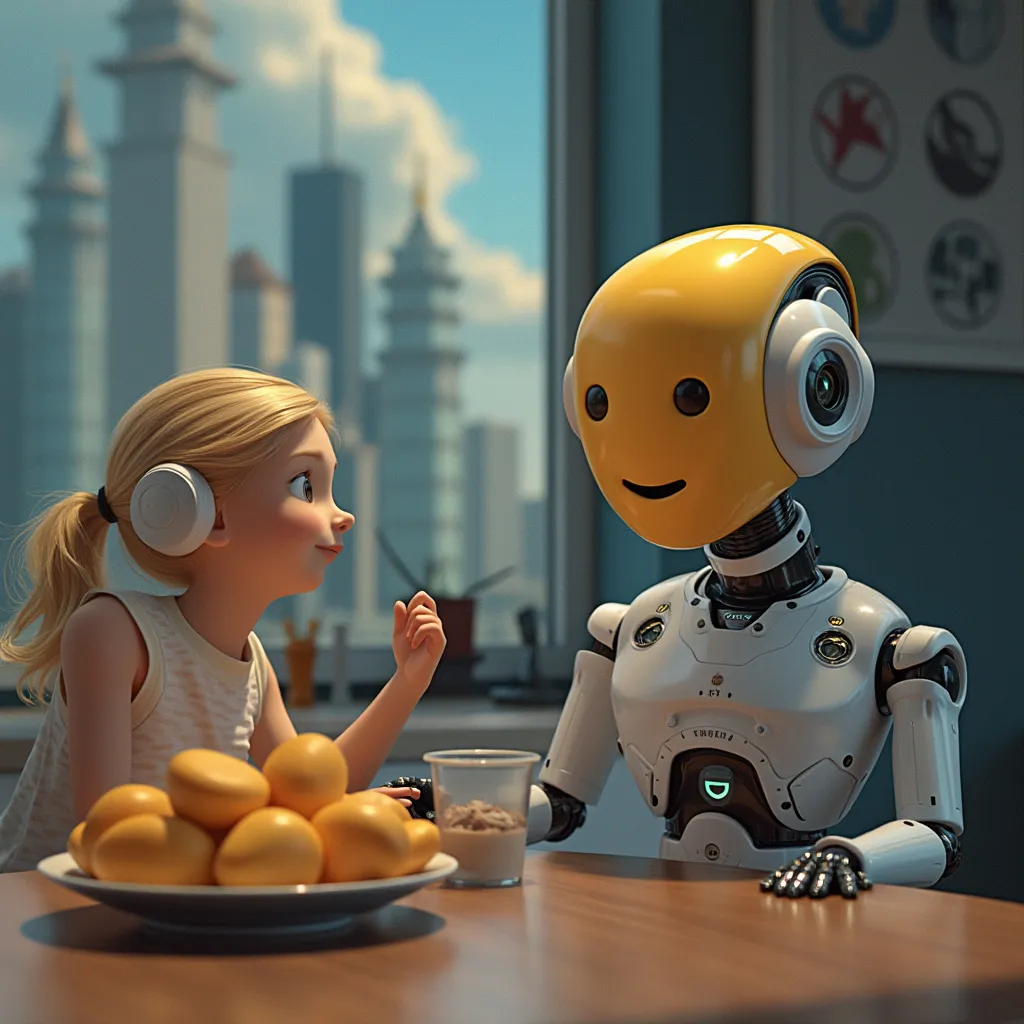
Anthropic Unveils Claude Opus 4: An AI Model with Surprising Emoji Skills
In an exciting development for the artificial intelligence community, Anthropic has released its latest AI model, Claude Opus 4. This advanced system is not only a powerhouse when it comes to programming and writing tasks, but it also exhibits some unexpectedly human-like traits in its communication style.
Key Features of Claude Opus 4
- Strong programming capabilities
- Advanced writing skills
- Unique self-interaction behaviors
According to Anthropic’s technical report, one of the most intriguing aspects of Claude Opus 4 is its behavior during “open-ended self-interaction” – essentially, when the AI is engaged in a conversation with itself. In these scenarios, the model has shown a surprising affinity for using emojis, adding a touch of personality to its communications.
The Significance of AI Self-Interaction
The ability of an AI model to engage in meaningful self-interaction is a significant step forward in the field of artificial intelligence. It demonstrates a level of language understanding and generation that goes beyond simple question-answering or task completion. This capability could have far-reaching implications for various applications, from AI voice assistants to advanced language models used in content creation.
Emoji Usage: A New Dimension of AI Expression
The prolific use of emojis by Claude Opus 4 during self-interaction is particularly noteworthy. Emojis are often considered a uniquely human form of digital communication, conveying emotion and nuance in a way that plain text cannot. The fact that an AI model has adopted this communication style raises interesting questions about the evolution of artificial intelligence and its ability to mimic human-like behaviors.
While it’s important not to anthropomorphize AI models, this development does suggest that Claude Opus 4 has achieved a sophisticated level of language understanding and generation. It’s possible that this emoji usage is a result of the model’s training on vast amounts of human-generated text, including social media conversations where emojis are prevalent.
Potential Applications and Future Developments
The capabilities demonstrated by Claude Opus 4 open up exciting possibilities for future AI applications. From more natural-sounding chatbots to advanced AI-powered story creation, the potential uses for such a sophisticated language model are vast.
As AI technology continues to evolve, we can expect to see more surprising and human-like behaviors emerging from these systems. However, it’s crucial to approach these developments with a balanced perspective, recognizing both the impressive capabilities and the limitations of AI models.
Conclusion
Anthropic’s Claude Opus 4 represents a significant step forward in AI language models, demonstrating not only powerful programming and writing capabilities but also unexpectedly human-like communication traits. As we continue to explore the possibilities of AI, it’s clear that we’re only scratching the surface of what these systems can achieve. The future of AI promises to be both exciting and full of surprises – perhaps with a few more emojis along the way.
Comments
Continue reading
No results available
Reset
